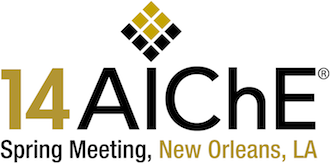

Determining which technology constitutes GHG BACT for a new or modified facility often hinges on the GHG BACT cost calculation. The calculation, when done properly, is not a trivial exercise and must be approached carefully. An improper calculation can result in increased permit challenges, lengthy permit delays, and even imposition of significantly more expensive control equipment.
An iron-clad cost calculation is especially important in light of recent USEPA regulatory positions. In several recent regulatory actions, USEPA has begun using the “social cost of carbon.” The “social cost of carbon” is the projected cost associated with the damages to global systems that greenhouse gases will supposedly inflict during the next 300 years. For example, each ton of carbon released this year will supposedly contribute to the level of sea rise, more droughts, stronger hurricanes, vanishing species, etc. for the next 300 years.
Recent data suggests that USEPA may consider the “social cost of carbon” to be as high as $39/ton and others have advocated for costs 4-45 times higher. At the same time, many facilities across the U.S. have submitted PSD permit applications with BACT cost analyses indicating the cost of Carbon Capture and Sequestration (CCS) is near $50/ton. USEPA indicating that the social cost is $39/ton and that CCS is only $50/ton appears to make CCS somewhat economically feasible when, in fact, it is not. These facilities have done a disservice to industry and need to revisit their cost assumptions.
If a facility is striving to avoid imposition of CCS, it is imperative that the BACT cost effectiveness calculation be bullet-proof, be completed properly, and be fully supported with additional documentation. Additionally, it is important that all costs are included in the calculation. A high percentage of BACT cost calculations submitted to agencies in the U.S. omit key cost components such as insurance, general and administrative costs, maintenance costs, and property taxes and, therefore, bias the cost effectiveness calculation in favor of CCS.
BACT cost calculations are somewhat involved calculations and it is easy to overlook a major cost input. In this paper, the author will review the various cost items that should always be included in every permit application so as to aid industry in developing a proper, iron-clad BACT cost analysis that will be more than sufficient to pass USEPA and, maybe even activist, scrutiny
